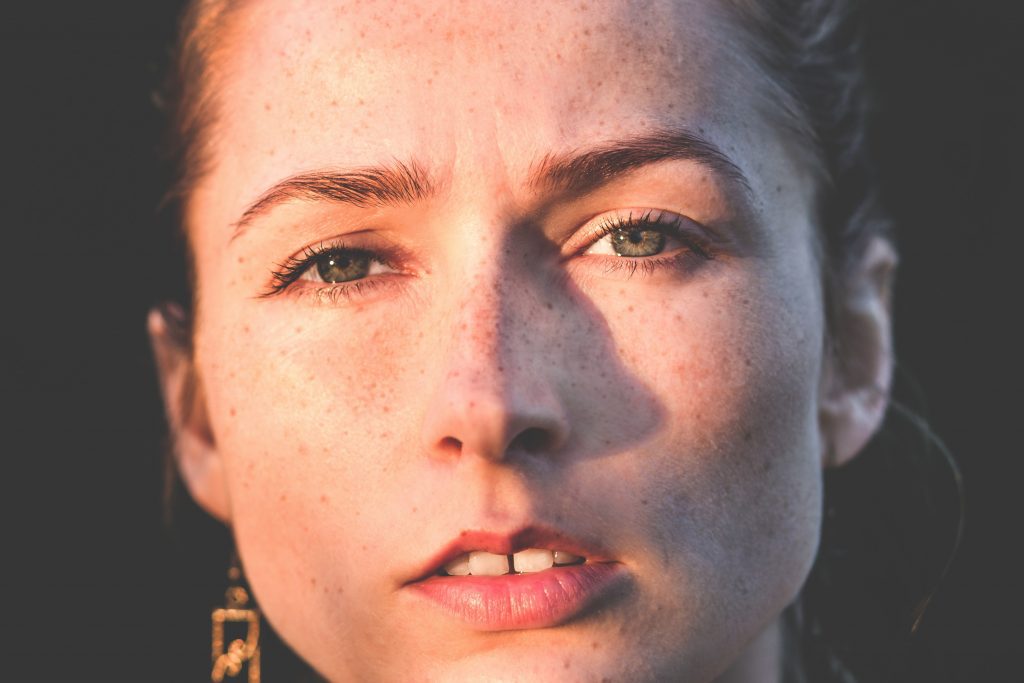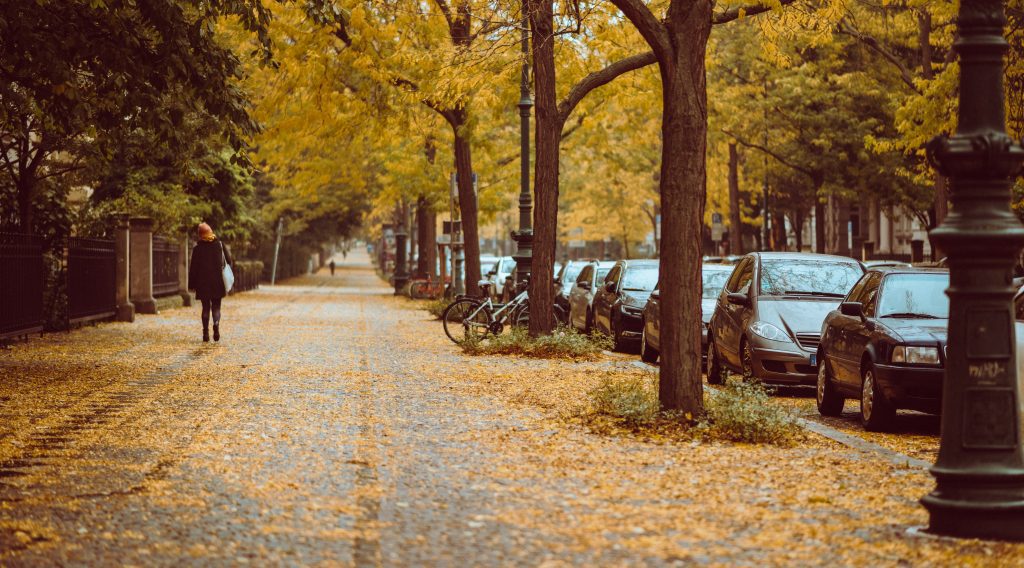Autumn colors have become so popular they are almost a cliché. Where better to look for them than in nature, surrounded by endless landscapes? Whether you go to the park nearby, get lost in a wild forest, or climb mountains, you will find a beautiful autumn-related subject for your landscape photography. However, other photographic genres can equally benefit from the magic of autumn. And we are not talking about using autumn colors as background but storytelling. Check out how autumn photography may intersect and overlap with your preferred photographic genre.
Portraiture
According to the Five Element Theory of Chinese Medicine, autumn has mental energy. It’s the season for taking a step back and analyzing the quality of our lives and values. It’s the season for letting go, accepting whatever comes, and getting rid of negativity and clutter. If you put all these in the context of portrait photography, you can find new angles and perspectives.
Autumn portraits are calm and serene, almost nostalgic if you want. Regardless of the age and status of your model, this is the time to look deeper into their eyes and capture the profoundness of their souls. Encourage them to stillness and meditation. Help them find balance, breathe, and let go of their busyness and constant thinking.
The same principle of minimalism, letting go and calm, applies to your aesthetics. Turn down colors and contrast, soften edges, and smoothen textures. You don’t have to use autumn colors if they don’t fit your brief or you find them too obvious. But consider using analogous colors, soft tones, and quiet shades.

Photo by freestocks on Unsplash
Street Photography
Autumn impacts the street, too. People change their outfits and go for other colors and textures than in the rest of the seasons. They walk differently, too, maybe slower or more distracted. In autumn, you see more people looking for solitude, focusing inward, and trying to connect with nature. All these moments are unique and make street photography what it is: a catcher of moments.
Take a walk early on an autumn morning and observe the pace of runners, the eyes of children going to school, and the expression of people starting their days. Choose a place and arrange a photo setup that will take you through the day. This adds a temporal element to your story. Furthermore, natural light changes rapidly throughout an autumn day and provides one of the best lights for photography. Experiment with highlights and shadows as much as you can.

Photo by Konstantin Volke on Unsplash
Commercial Photography
Commercial photography is all about the story. You don’t sell a product but a lifestyle, an attitude, a mood. Autumn allows you to enrich your story by adding a temporal dimension and a mindset. When you hint at autumn, your photographs will be more peaceful, nostalgic, and philosophical. The viewer will no longer see an intrusive commercial but a memory, an invitation to contemplation. Thus, you create a powerful connection in which the product you photograph is subtle but memorable.
You don’t need much to include autumn in commercial photography. A few stokes of rusty, golden, or ruby shades, a yellow leaf, a small photo print in the background, and an open window to an autumn sky may be enough. What you need is a narrative to put everything together.

Photo by Benjamin Raffetseder on Unsplash
Conclusion
Autumn may be the main subject of your photography or an actor in a supporting role. Nevertheless, it adds a lot to your visual story: a timeline, a mood, feelings, and emotions. At the same time, autumn engages the viewer and makes their entire history part of the story. Don’t miss out on autumn regardless of your preferred photographic genre.
Cover photo by Mark Harpur on Unsplash


Comments
Pingback: Tips for Forest Photography - Take Better Shots